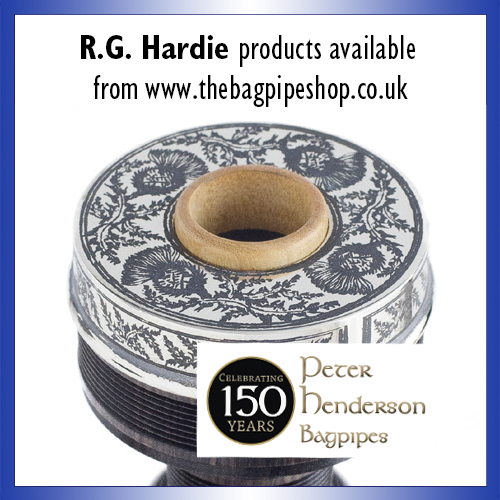The village of Dunkeld in Perthshire, Scotland is having a Re-Enactment Day on Saturday to celebrate the connection of the historic Scottish Horse regiment to the area.
The Scottish Horse was a Yeomanry regiment of the British Army’s Territorial Army raised by John Murray, the Marquess of Tullibardine (later the 8th Duke of Atholl) in 1900 for service in the Second Boer War. Two mounted infantry units were raised. It was re-constituted in 1903 as the Scottish Horse Imperial Yeomanry with headquarters in Dunkeld. It was made the county Yeomanry regiment for Perthshire, Aberdeenshire, Elgin, Nairn and Argyll. By 1908, it had been renamed the Scottish Horse and had been expanded to two regiments (eight squadrons in total) with its headquarters at Dunkeld co-located with the headquarters of the 1st Regiment.
As a Black Watch battalion it saw heavy fighting in the First World War and, as part of the Royal Artillery, it saw heavy fighting during the Second World War.
A number of well-known pipers were members of the regiment, including John MacColl, George S. Allan, Angus MacRae, Hector MacLean, Angus MacAulay, Peter Wilkie, Willie Thomson and Andrew MacDonald (brother of John MacDonald of Inverness).

John MacColl, in fact, wrote three tunes for the regiment: John MacColl’s Farewell to the Scottish Horse, which appears in Willie Ross’ Book 2, The Argyllshire Squadron Scottish Horse, which appears in The Bagpipe Music Of John MacColl and Second Regiment Scottish Horse, which appears in Logan’s Collection.
MacColl was Pipe Major of the Argyllshire squadron from 1905-1908.
Angus McKillop, Allan Cameron and John Whyte were members during the Second World War.
The archives of the Scottish Horse are held in the Chapter House Museum of Dunkeld Cathedral.
The Re-Enactment will takes place in Dunkeld’s Stanley Park from 10:30am. There will be music from the Scottish and North Irish Yeomanry pipe band (a successor unit), horses still used in the army today, examples of soldiers in modern and historic uniforms. There will also be a reproduction of a medical tent showing what medical care would have been like in those days.



